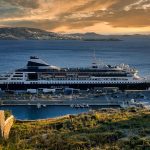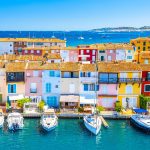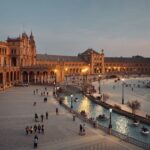A Quick Guide for Photographers
What to Photograph in Greece? Looking for incredible landscapes to photography in Greece? Greece is one of those countries one must visit in their lifetime, thanks to its rich historic and cultural heritage, stunning landmarks and its natural beauty. Although there are many spots to check out in Greece, we will guide you through some of the most ancient and beautiful parts of this amazing country. Here are some locations where you’ll find beautiful scenery and jaw-dropping vistas – from the epic monastery-topped rocks of Meteora to lagoon beaches on Crete, volcanic islands of Santorini and Nisyros, and one of the deepest gorges in Europe.
Mystras
Heading south along E65 and then E961 to Sparta, you reach the ancient city after 2.5 hours drive. Sparta itself is an unremarkable modern city, though the ancient city’s acropolis remains a relic of the city’s illustrious past. Located on the edge of the imposing Taigetos Mountains and fed by the Eurotas River, it is obvious why the location was chosen. With plenty of water to grow crops and well protected by mountains, Ancient Sparta easily flourished. On the nearby mountain, perched on the steep slopes, stands Mystras, one of the last vestiges of the Byzantine Empire in the 14th century A.D.

Nestled on the slopes of the Taigetos Mountains, the Byzantine churches and fortress of Mystras offer a glimpse into the art and culture that was prevalent during the latter days of the Byzantine Empire. Serving as the empire’s Despotate of Morea (Modern day Peloponnese) during the 14th and 15th century, Mystras experienced great prosperity and its churches remain partially active to this day, lending the the site a beautifully archaic aura.

Cliff beaches Ionian Islands
The beaches in the Ionian Islands are frequently spectacular thanks to the steep limestone cliffs that are common on their respective west coasts. The most famous is the much-photographed shipwreck beach at Navagio on Zakynthos, but it’s just the first of many. Over on Kefalonia you’ll find similar scenery at Myrtos, Petani, Platia Ammos, and Fteri. On Lefkada there is Egremni, Porto Katsiki, Pefkoulia, Milos, and Kathisma. And on Corfu there are a number of cliff beaches around Liapades and Loggas.

Honorable mentions
- Waterfalls of Samothraki and Edessa
- The petrified forest on Lesvos
- The Stone Forest and Dragon Lake in Epirus
- The many tiny islets of Lichadonisia
The Pelion Peninsula
The Pelion Peninsula is a peaceful and beautiful coastal area half way between Athens and Thessaloniki, near the city of Volos. Foreigners are slowly discovering the joys of this tranquil area which has long been a favorite of local tourists. The landscape is lush and green, with miles of unspoilt coastline and deep emerald waters. There are some fantastic beaches tucked away on its eastern side and handsome stone villages up in the interior.

Milos
The island of Milos in the Cyclades is home to some truly unique volcanic landscapes, where its soft rock has been whittled and sculpted by winds and seas over the years. The unusual beaches of Papafragas and Sarakiniko are the most well-known but others to check out include Alogomandra, Kapros, and the heart of the long-dormant volcano at Kalamos.
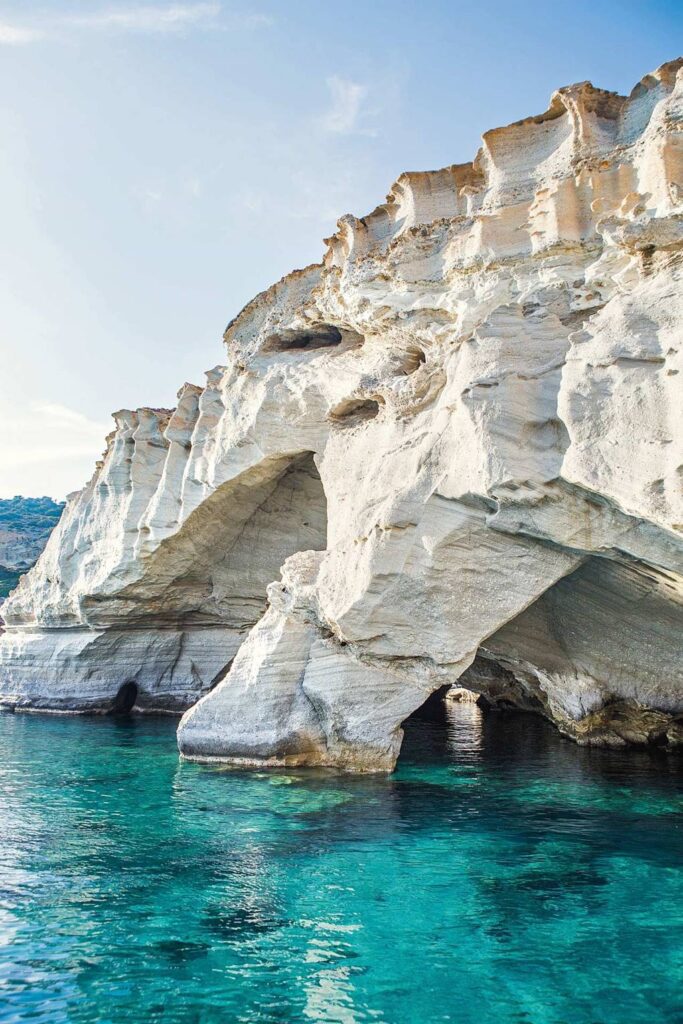
Meteora
It’s no surprise that the unique monasteries of Meteora top this list – they’re one of the top tourist destinations on the Greek mainland and have graced the covers of travel magazines around the world. This famous sight is on the UNESCO World Heritage list and you’ll find the 6 monasteries located near the village of Kalabaka which you can reach from Athens or Thessaloniki by train or bus ( though it’s a long journey and worth staying overnight). It’s one of the most popular areas in Greece for photographers.

Kefalonia Melissani Cave
The Cave of Melissani in Kefalonia: Situated just outside Sami, the Cave of Melissani has a strange appeal. It is one of the most significant places for tourists to visit in Greece. Surprisingly, there is a lake inside the cave that has trees and forests surrounding it. The cave itself is B-shaped with two chambers or halls separated with land or an island in the center. The roof of one of the halls caved in centuries ago letting sunlight filter in. The depth of the lake is 20 to 30 meters. When the sun is right overhead at noon, the sunlight hitting the turquoise-blue waters create a magical illusion and the whole Cave of Melissani suddenly feels lit with blue light.
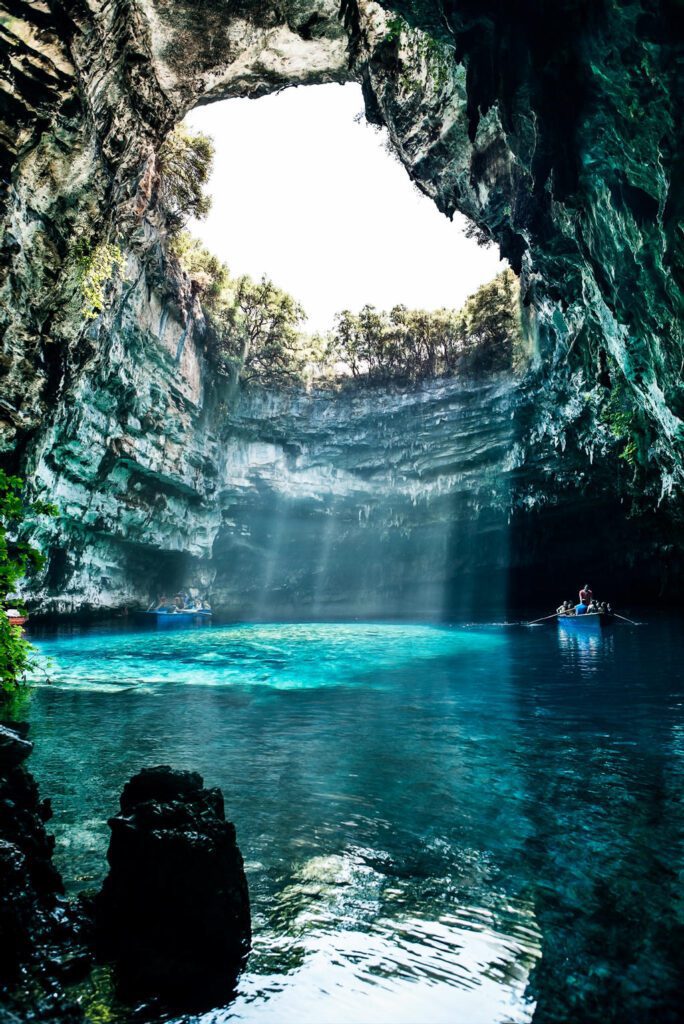
Birding in Lake Kerkini
Situated at the heart of bird migration route and flyway on their way to the Black Sea, Hungarian steppes and the Aegean Sea, Lake Kerkini is a flora and fauna miracle artificially engineered in 1932 and easily one of the best naturally beautiful sites to discover in Greece. It’s the home of thousands of protected and rare birds, gigantic square meters of water lilies, diverse fish varieties while offering a fantastic vista of the Krousia and Belasica mountains. Apart from hosting over 227 non-migratory birds, Kerkini is also the home of exceptional buffalo herds, over 10 species of amphibians, 19 species of reptiles and hundreds of insect varieties.

Santorini Caldera
The best way to appreciate Santorini’s harsh but special landscape is to hike the trail that joins its caldera villages. These iconic whitewashed villages are built along the lip of a volcanic crater and are famous for their sunsets. The panoramic view from the caldera looks out over several small islands in the centre of the crater – complete with bubbling springs and a tiny chapel (boat trips are popular) – and over to the other edge of the crater, the island of Thirasia. Elsewhere on Santorini you can find black sand beaches and red cliffs.
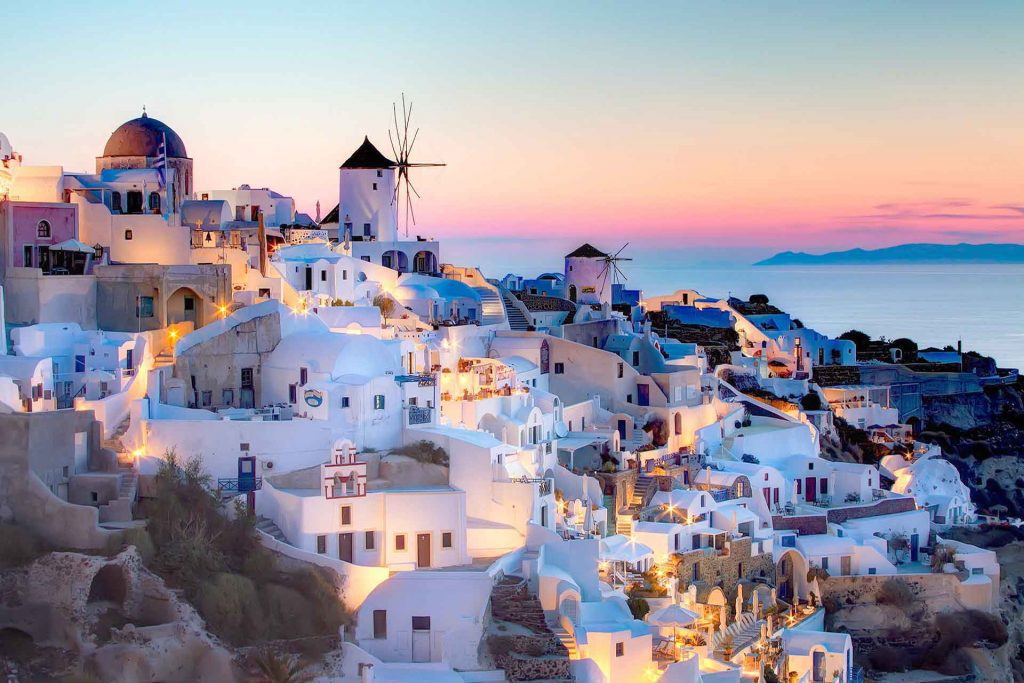
Crete
Balos

Greece is not short of incredible beaches, in fact the only difficulty is in deciding where to go. But if we had to pick just one beach for breathtaking scenery it would be Balos, where a dreamy lagoon beach with warm shallow waters connects Crete with the tiny island of Gramvousa. The area around Balos is protected and undeveloped but it’s a popular day trip from beach resorts on the west side of Crete. The view of the beach from the parking spot up on the hill behind is quite spectacular (and worthy of the steep walk back uphill).
Vikos Gorge
The day-long descent of Crete’s Samaria Gorge is one of the most popular activities for holidaymakers on the island of Crete. The hike starts at the village of Omalos high up in the White Mountains, and it spits you out by the Libyan Sea at the tiny village of Agia Roumeli, where a small ferry will take you to Chora Sfakion for the return trip to your hotel. But keen walkers should linger longer in the area – there are several smaller gorges that you can hike, as well as the long-distance E4 trail, and some of Greece’s best hidden beaches and villages.
Related Readings: Messenia,


